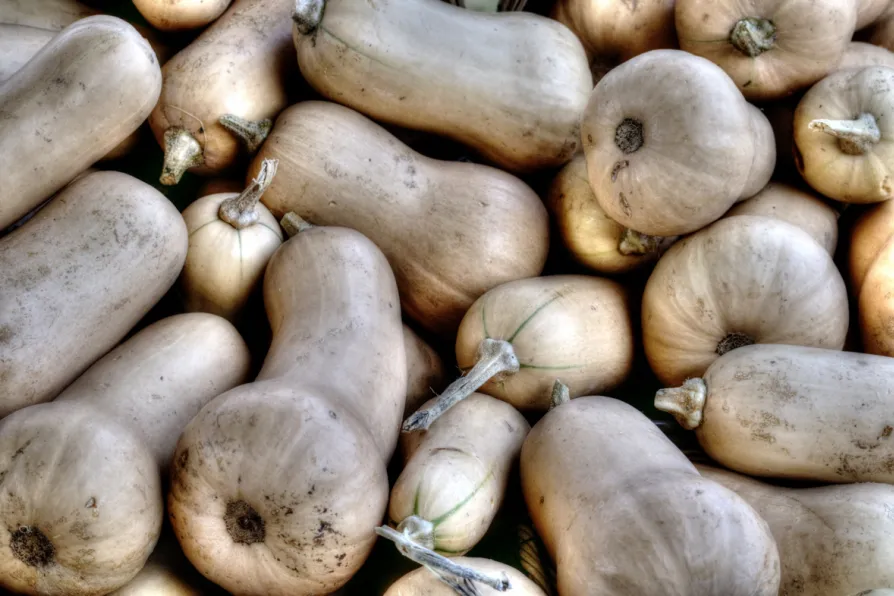Despite internal pressure over the Gaza genocide, Narendra Modi’s government has deepened relations with Tel Aviv. ROGER McKENZIE explores the geopolitics behind these strengthening links

 Squash
Squash
DESPITE their reputation for needing constant watering, the pumpkins and other winter squashes in my garden have done exceptionally well in this year's record-breaking heat.
The plants haven’t grown as wildly as usual, presumably limited by lack of rain, and in place of long trailing stems and rampant foliage, I’ve ended up with a number of very large fruit weighing several pounds each.
They’re called “winter squashes,” of course, even though they’re grown through the summer, because they can be stored for eating during the winter. That useful quality, however, depends on them being picked at the right moment.
As the fruits swell, carefully lift them onto bricks, tiles or lumps of wood, to keep them clear of the soil.
Most varieties will be ripe for harvest in September and October. You’ll have to take the fruit in before the first hard frost comes, but within that deadline it’s important not to cut them too early.
Watch for the leaves of the plant starting to turn brown and shrivel.
At this stage, check the short, thick stalk which attaches each fruit to the plant. When the squash is ready, the stalk will become hard and dry, taking on a woody, corky or rope-like texture.
The fruit should now have an even, full colour and its skin will feel fairly hard — not soft like a courgette or a summer marrow.
The final test is to knock lightly against the body of the fruit with your knuckles, as if seeking entrance to a clandestine meeting. What you want to hear is a hollow sound.
Cut the fruit from the plant with secateurs or a sharp knife, leaving as much stalk on the squash as possible. Any rotting later on will begin at the end of the stalk which was nearest to the plant, so you want that bit to be as far away from the fruit as it can be.
Don’t use the stalk as a handle to move the squash around; if it pulls away from the fruit, even slightly, the fruit is unlikely to store, and should be used straight away.
Winter squashes need to “cure” in the sunshine for about 10 days once they’ve been picked, so as to finish off the drying process. This can be done outdoors in decent weather, or else under glass. Make sure they’re not exposed to frost. By now, the fruit will be hard and solid, the skin feeling tough and completely dry.
Aim to store your squashes somewhere where the air will be able to circulate freely around them, and where the temperature will always be somewhere between 10-15°C (50-60°F). I hang mine from the garage ceiling, suspended in net bags.
An alternative to dry storage, which works very well, is freezing the flesh, already cooked, and either mashed or cubed. Frozen squash will keep for about a year, and is a really handy ingredient for curries, soups, pies and rice dishes.

MAT COWARD tells the extraordinary story of the second world war Spitfire pilot who became Britain’s most famous Stalag escaper, was awarded an MBE, mentored a generation of radio writers and co-founded a hardline Marxist-Leninist party

Generous helpings of Hawaiian pidgin, rather good jokes, and dodging the impostors

MAT COWARD tells the story of Edward Maxted, whose preaching of socialism led to a ‘peasants’ revolt’ in the weeks running up to the first world war

Reasonable radicalism, death in Abu Dhabi, locked-room romance, and sleuthing in the Blitz













